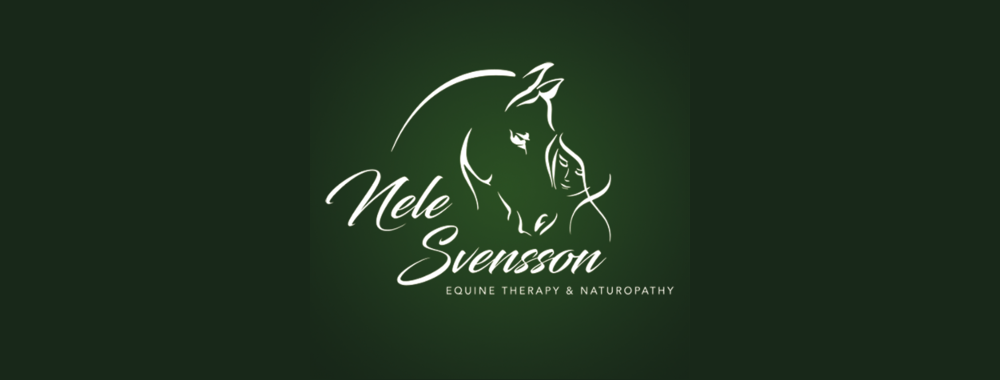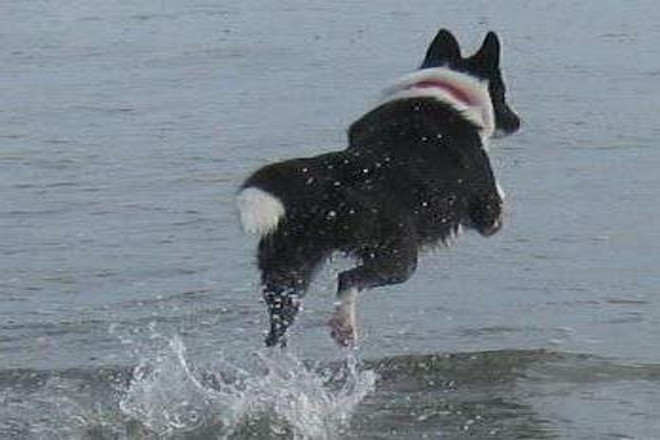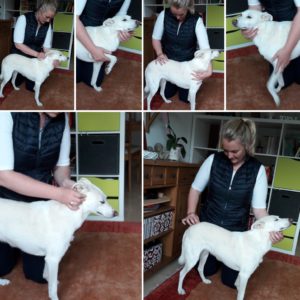Natural Horse Care And Boarding with Nele
Natural horse boarding and care is becoming my passion. It has been a wonderful journey and in the last years it has opened my eyes and completely changed my point of view.
You will be surprised by how just making small changes can dramatically improve not only your horse’s quality of life but often his lifespan too. You will see an enormous change, improvement in performance and gratitude in your horse.
For those who have only ever known conventional horse keeping methods, this approach may seems to go against everything you know and believe in.
This is because conventional methods tend to have been developed from the human perspective.
Things that make it easier for the human, such as blanketing to keep the horse clean and their coat nice and shiny, or stabling because we like to live inside so we think the horse does too.
This doesn’t meet our horse’s physiological needs…
Horses are prey animals who are happiest when living in wide open spaces and in a herd. They don’t care about fancy blankets and stalls. They need the social contact of equals, room to stretch their legs and to be a horse.
By allowing them to do this you will have a horse that is less stressed, more athletic and overall much healthier mentally and physically.
Depending on the season, we need to keep an eye on our horses diet and reduce the availability to the green grass. More likely during spring and autumn, as the grass is changing so much and getting extremely high in sugar.
But on the other side we would like to keep our horses in open spaces so they can be active and move their bodies.
There are multiple options to control our horses diet, but also to keep them satisfied and happy.
It is depending how creative and flexible you are and of course what kind of options you have got at home, but even with a little change you can achieve so much.
Ideal case would be to move the horses on dirt- or even on low grass paddocks during the spring time. This will give you the control of their diet. It is import that we feed good quality hay while we are stopping the free choice access to grass. Also important are minerals and salt for their inner balance through those times. Depending on activity level and individual metabolism, horses require salt and minerals in order to replenish electrolytes.
Wild horses find natural salt and mineral deposits and sometimes eat soil along with them. I recommend to provide your horse blocks of free choice plain white salt (sodium chloride) or give them a couple of hand full with their daily feed, trace mineral salt (red) and possibly calcium and phosphorus supplementation. That way, your horses can select whichever they want.
Avoid blocks with high molasses content. Some horses will eat them in a matter of days, thereby ingesting too much salt.
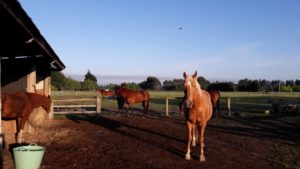
Grazing management is a very important aspect as we want our horses to get what they want and need.
If we let our horses free graze, in many cases it would result in overgrazed land and overweight horses. It is necessary to keep an eye on pasture growth, rich pasture and alfalfa fields can lead to obesity, colic and laminitis.
It doesn’t mean you can’t let your horse on the grass paddocks at all, just time it and monitor your horse and their behaviour.
-I recommend 30 min to 2 hours in the evening (in spring and autumn). Which is depending on the horse breed and if they are getting grass affected.
Just keep in mind that, in the wild horses eat about 16 hours a day and domestic horses with constant hay access about 12 hours.
I sectioned our paddocks and reduced the grass availability, and currently we are working on improving our track system for more mobility in our horses everyday life.
Horses have to move. That’s what they do and it has always been like that. The track system gives you many options and believe me with time you get more and more creative.
We are having the water access on one side, hay on the other, mineral block and salt lick in different spots as well and you will see the herd is moving at all times.
For me as an Equine Therapist, it is my priority to offer the very best care and service to my clients. The horses are well looked after, cared for and always treated with respect.
I became an Equine Therapist to help and support humans with their horses health and general well being. Furthermore to guide horse owners through natural horse care, but most of all to help the horses and to take pain or discomfort from them.
We offer fantastic natural boarding, care and therapeutic services.
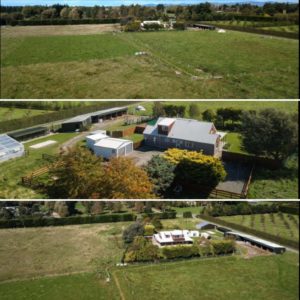
Provided with seven good sized, automatically watered and fully electric fenced paddocks. A paddock paradise option will be coming soon. The Paddocks are sheltered through trees, hedge and stables that offer free access to the horses.
Training Facilities are just across the road.
- grazing
- paddock management
- horse manure service
- cover service
- feeding services
- de-worming (on a three month bases)
- farrier service (every six weeks with a local, qualified farrier)
- yearly dental service and check up with a local professional
- Quality hay supplement plus feeding service
- Hay slow feeder available
- Salt & mineral block availability
+ Therapeutic treatment for balance and health with written report on a monthly basis
- chiropractic adjustments
- acupressure and massage therapy
- stretches an mobilization
- saddle fitting
- Naturopathy, Aromatherapy and Nutrition
- Light Therapy (Solarium)
- PEMF via ACTIVOMED
Please contact me for further information.
Note: We are full at the moment.
